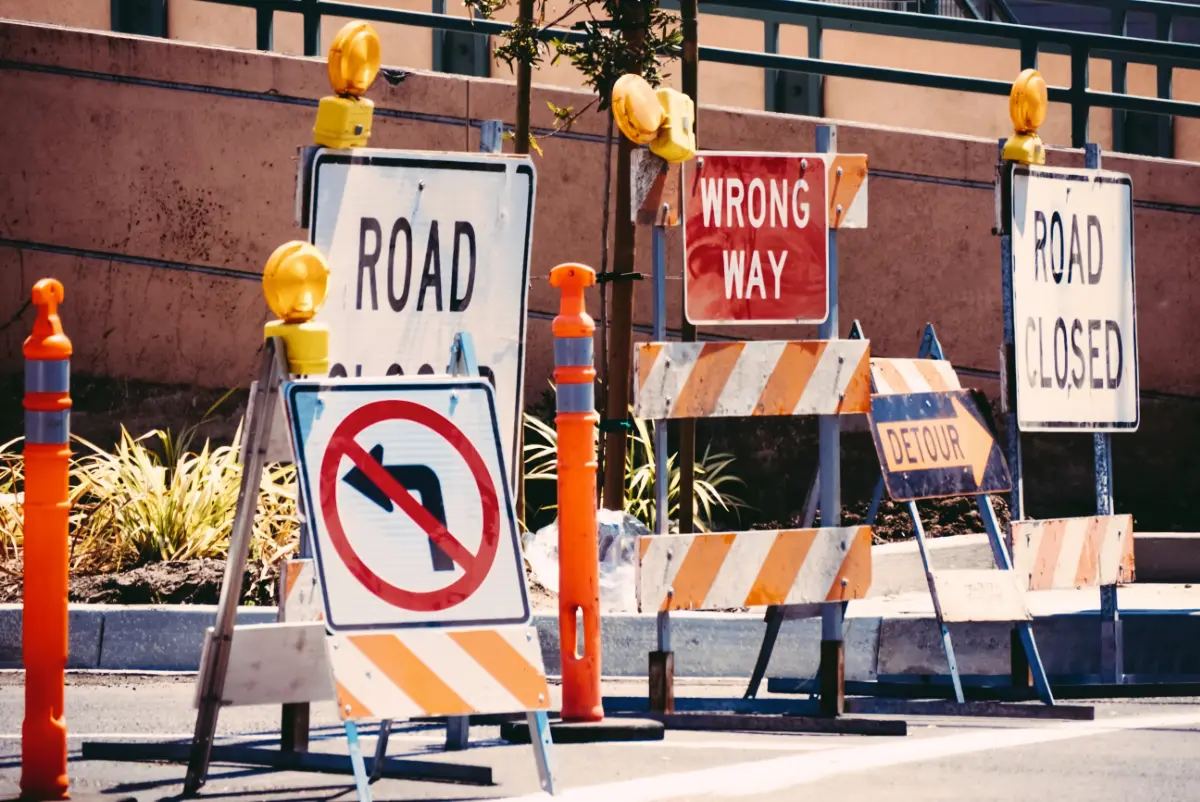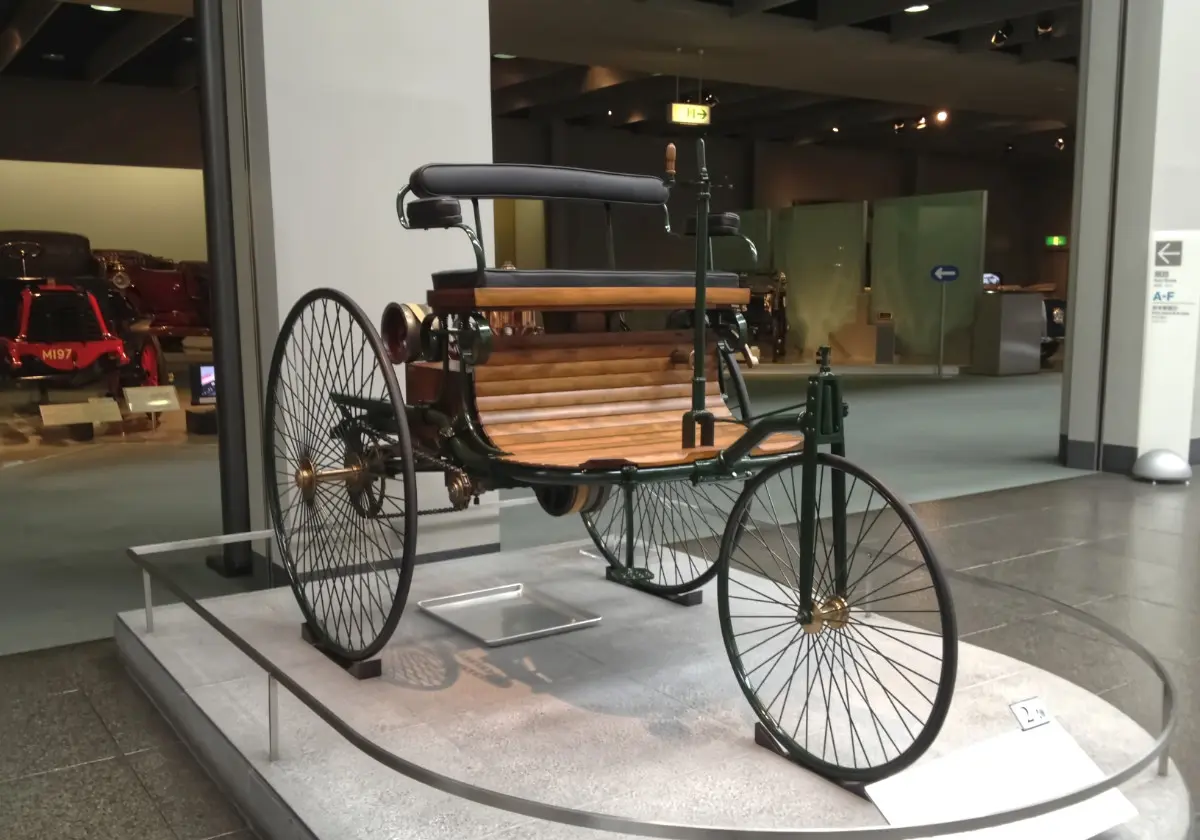Where Was the First Traffic Light Installed?
Are you wondering where and when the first traffic light was installed? Learn about the fascinating history of traffic lights with this informative article.
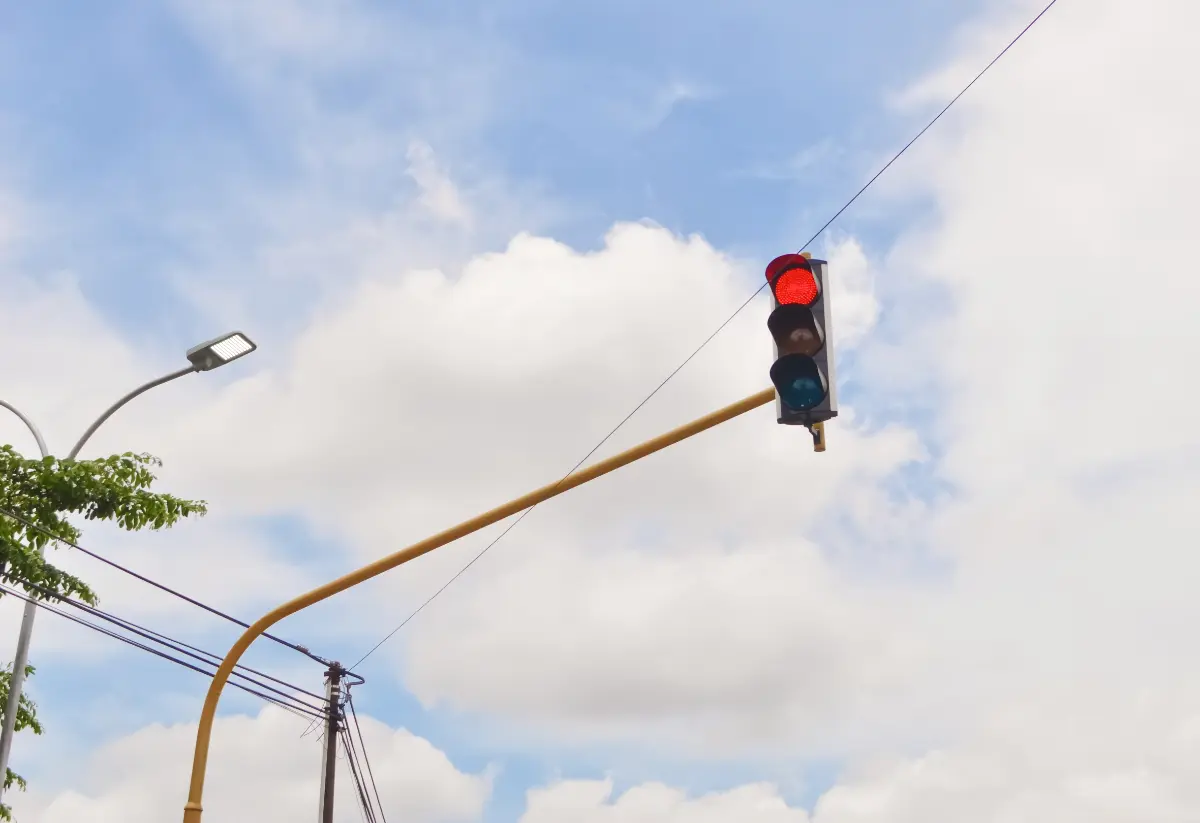
The history of transportation is filled with exciting innovations and colorful characters. So many people put their efforts into inventing the machines, mechanisms, and regulations we live by today.
If you’ve ever been stuck under the glare of a red light and wondered who came up with that bright idea, then you’re not alone. Traffic lights have a long and varied history across the world, but where was the first traffic light installed?
Railroad engineer J.P. Knight invented the first traffic light. It was installed outside the Houses of Parliament in London in 1868 to ease the role of police officers who directed the traffic.
After it exploded, killing an officer, traffic lights weren’t considered until the first permanent electric traffic light was installed in Cleveland, Ohio.
There’s a lot of fascinating history that goes behind the simple red, yellow, and green of a traffic light. Many people were involved in its inception, and the story goes back farther than you might think.
The rest of this article will explore the history of the traffic light in its various forms throughout the years to see how these simple traffic control devices have changed over time.
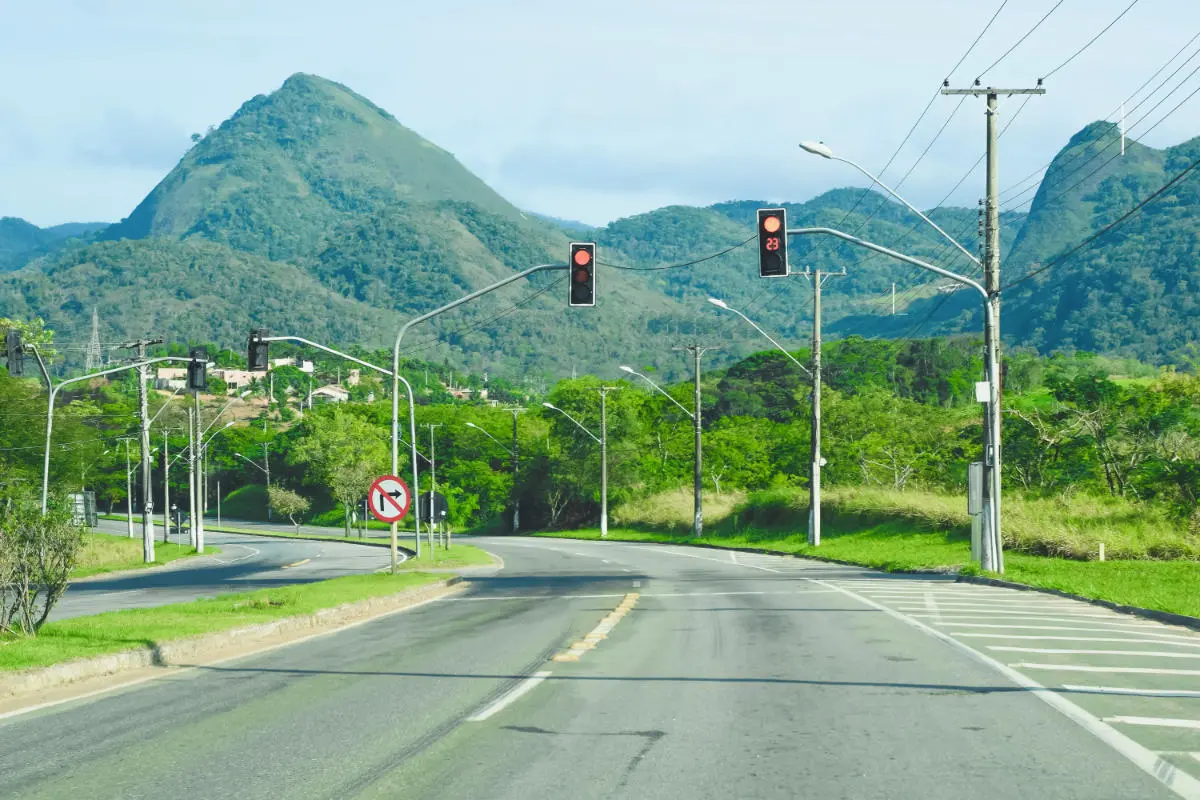
Who Invented the First Traffic Light?
After hearing about the number of road injuries in London, John Peake Knight, a railroad engineer, saw a need for a better-regulated traffic flow. At the time, the horse-drawn traffic was hectic and dangerous for pedestrians and other drivers.
Police officers would have to direct traffic, endangering themselves and spending manpower. Knight saw a solution to this in the semaphore, a railway signaling system used to direct traffic flow more effectively.
These semaphores were controlled by police officers who would blow a whistle and change the commands displayed to indicate how traffic flow should be conducted.
The mobile signs were affixed to pivoting arms controlled by a lever and topped with the gas-powered semaphore for visibility; however, disaster struck when the light exploded, killing the nearby police officer working the sign.
After this incident, as I’m sure you can imagine, the continuation of traffic light technology was discouraged in the United Kingdom until electric lights were implemented in 1929.
American Ingenuity at Work on the Traffic Light
Semaphores like those used in the first traffic light were also used in the U.S. from the start of the 20th century to the 1920s.
However, on August 5, 1914 the first electric traffic signal was installed on the corner of Euclid Avenue and East 105th Street, Cleveland, Ohio, USA.
In a world crowded with bicyclists, pedestrians, horses, and those newfangled street cars, the need for some way to say who goes where when became painfully apparent. Dubbed the Municipal Traffic Control System, designer James Hoge patented his invention in 1918.
Mounted at each corner post, the traffic light was wired to a manual switch in a controlled system such that having conflicting systems wasn’t possible.
Some suggest that the credit for the first functional traffic light should go to Lester Wire, a police officer and, apparently, a traffic control tinkerer. He mounted a custom-made wooden box with trademark red and green lights onto a pole, attaching the cable wires to a nearby trolley and light.
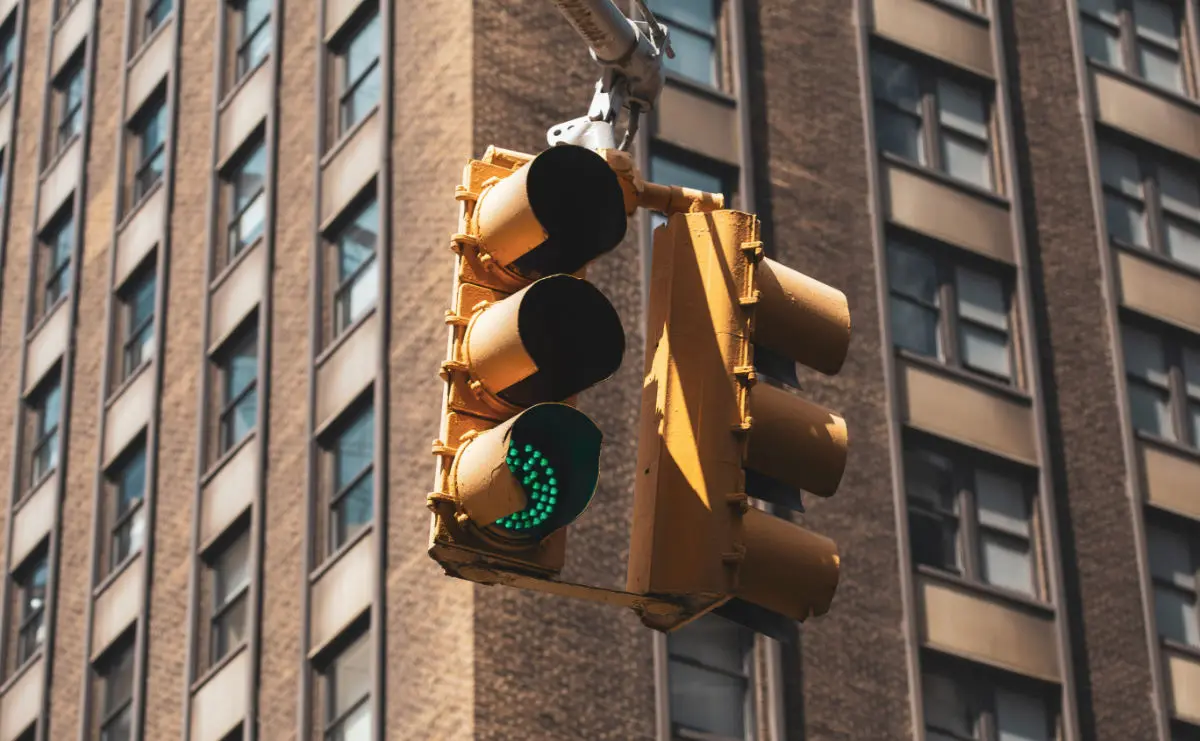
Later, by 1920, William Potts invented the first four-way, three-color traffic light, which was installed in Detroit, Michigan.
Just two years later, traffic control began to be automated, eliminating the need for police officers to be involved in the traffic squad, saving the city of New York over $12 million.
By the 1950s, the rise of computer technology in America allowed for automatic control of traffic lights, even allowing the lights to detect vehicles more accurately.
The Inventor of the Modern Traffic Light
Traffic lights as we know them today are credited to the ingenuity of Garret Morgan, a man of African and Indian descent and jack of all trades, who also invented an improved sewing machine, hair-straightening product, and breathing device that was influential in the design of WWI gas masks.
Despite experiencing racial prejudice in his business ventures, Morgan was extremely driven as an inventor. In 1923, he invented a traffic signal that indicated, using a color change, when drivers would need to stop.
This instrumental invention paved the way for the modern three-way traffic light, incorporating the yellow light that has undoubtedly saved countless lives over the years. Morgan would eventually sell the rights to his invention to General Electric for $40,000.
As a Black man in the 1920s, Morgan was a staunch advocate of social activism, expressing his support of Black advocacy through his donations to Black colleges and participation in all-Black clubs and associations.
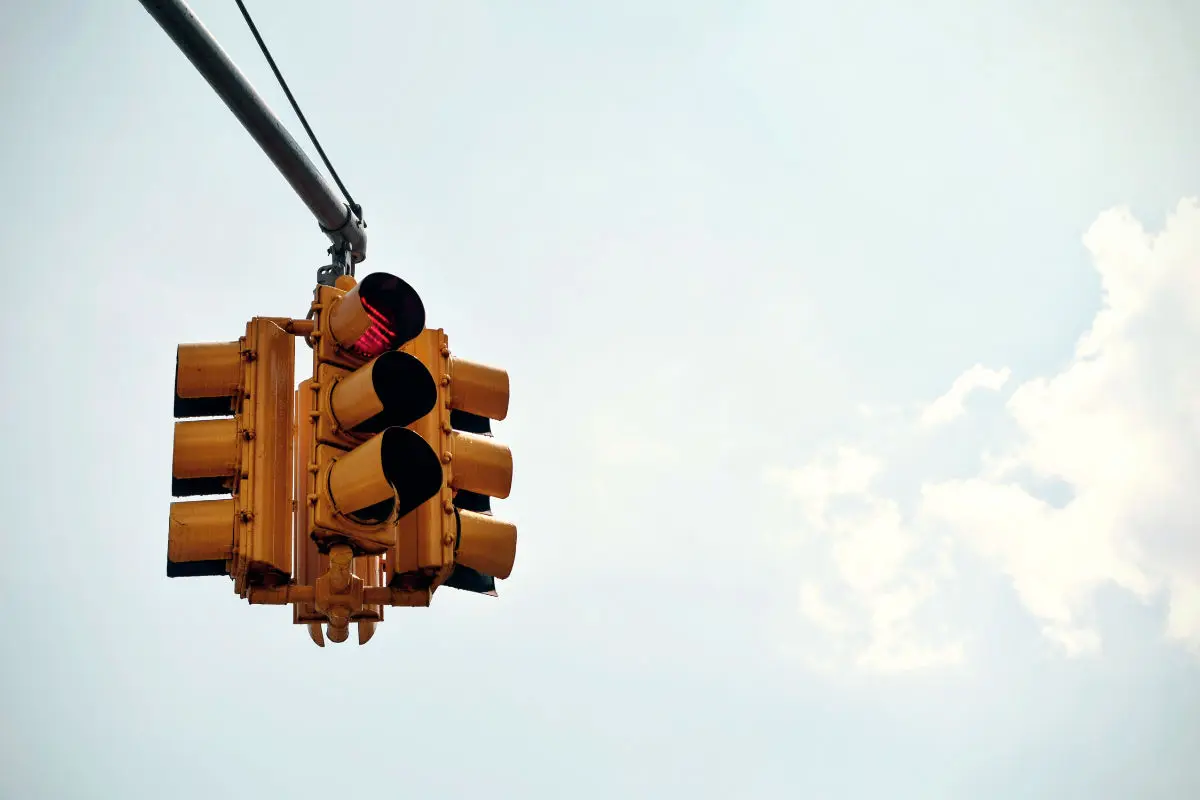
Shortly before his death, the U.S. government honored Morgan for his inventions and heroic rescue earlier in life. Even today, we have Morgan to thank for warning us when we are expected to stop at a traffic light, and his design lives on in modern traffic lights to this day.
Final Thoughts
The history of the traffic light is complex and, odd as it may seem, is absolutely filled with tinkerers. From Huge to Wire to Pots to Morgan, inventors in America and the United Kingdom were slowly coming to the same idea about traffic control.
While the first traffic control attempt was gas-powered and proved fatal to the police officer operating it, the march of progress would continue in the states.
Several inventors around 1920 invented prototypes and electric traffic lights that would be implemented in several states. A few years later, the technology was available for computers to automate the traffic control process, saving the government millions in expenses.
But it’s inventor Garret Morgan who is to thank for bringing us the modern traffic light with its three-way design and yellow light warning.
Without all of these inventors and innovations, the world of traffic could look a lot different today.
So the next time you have to make a frustrating quick stop as the light turns yellow in front of you, remember how chaotic things could be without the iconic traffic light.
Also read:
